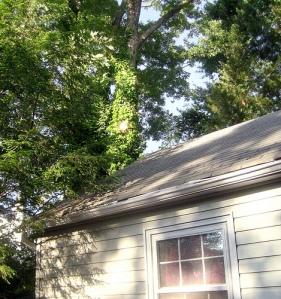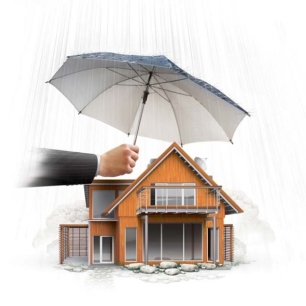 One of the most common questions that we are asked in our office is “Why is my dwelling coverage so high?” We all know that the housing market is not where it used to be. This has been the case for some time and probably isn’t changing any time soon. So why does the insurance company insure your home for more than it’s worth?
One of the most common questions that we are asked in our office is “Why is my dwelling coverage so high?” We all know that the housing market is not where it used to be. This has been the case for some time and probably isn’t changing any time soon. So why does the insurance company insure your home for more than it’s worth?
Amongst other things, home insurance is there to protect you in event that there is a complete and total loss. Regardless of whether you would purchase a new home or rebuild your home, it doesn’t change the fact that the company who is insuring your home is just that….insuring your home. They aren’t necessarily insuring you to go out and purchase another home, but rather are insuring the home that you currently live in and the coverage is determined by how much it would cost to actually rebuild your home from the ground up.
Here are a few things to keep in mind when considering the differences between Replacement Cost and Market Value:
1. The Market Value for a home generally includes the value of the land on which the home sits. The Replacement Cost of a home does not include any land values, but is only concerned with the home itself.
2. The Market Value for a home is affected by changes in the real estate market. When homes in a particular area are in high demand the Market Value of a home in that area will generally go up. In the same way, when demand for homes in a particular area is low, the Market Value of homes in that area may remain level or even go down. Replacement Cost is not affected by the real estate market but is instead affected by the fluctuations in material and labor costs to build a home. For example, if the cost of material such as lumber, concrete, drywall, and carpet are higher in a particular area, then the Replacement Cost of a home in that area will be higher than the Replacement Cost of the same home in an area where materials are less expensive.
3. The Market Value of a new home generally factors in the cost that was required to build the home new. Replacement Cost, however, is looking at the cost to re-build the home, if it were completely destroyed, using all of the same materials and construction techniques originally used to build the home. The cost to build a new home can be quite different from the cost to re-build a pre-existing home due to access issues, labor efficiencies, economies of scale, debris removal and higher price of materials that may no longer be in common use (such as lath and plaster vs. drywall).
When insuring a home, we always use the Replacement Cost of the home to determine the amount of insurance required as this is what it will cost to replace or repair the home should it be damaged or destroyed. Understanding your coverage and what it means for you is just one of the many things that we offer here at Canyon Lands Insurance. If you are interested in a free quote, please visit our website at http://www.canyonlandsagency.com or give us a call at 480-288-5900. Hope to hear from you soon!






